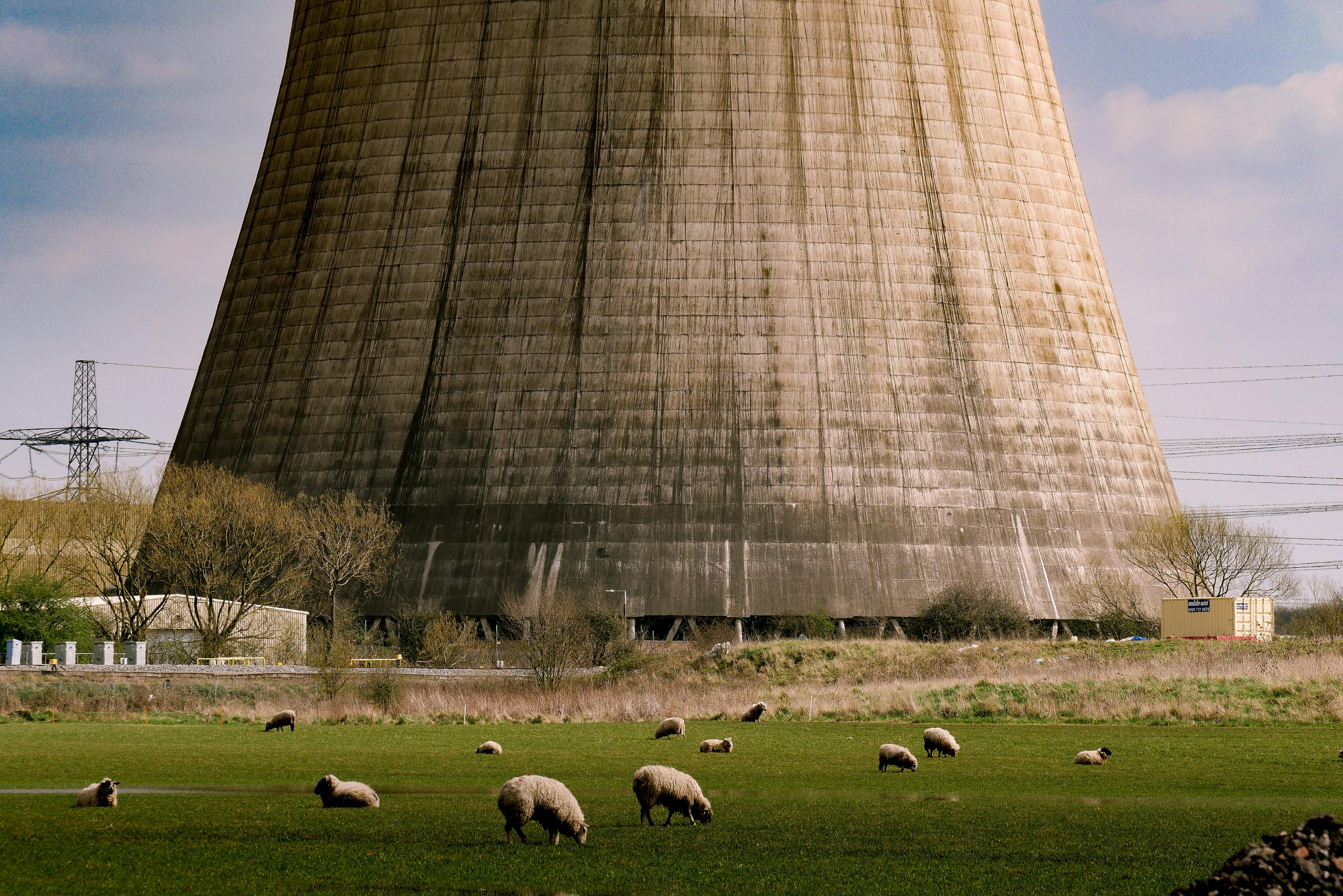Energy Security: The New Frontline of Global Stability

For decades, the narrative was simple: the West relied on fossil fuels pumped from the Middle East and Russia. This dependence fueled economic growth, but also fostered a dangerous power imbalance. Now, that narrative is fracturing. The Ukraine war has exposed the folly of overreliance, pushing Europe and others to scramble for alternative sources. The expiration of the five-year gas transit agreement between Russia and Ukraine at the end of 2024 further intensifies this scramble. Currently, Russia's gas supply to Europe flows through Ukraine. Rystad Energy predicts that Russia will need to use alternative ways, requiring an additional 7.2 Bcm per year of liquefied natural gas (LNG) to replace the gas transiting Ukraine.
The immediate concern is the economic domino effect. Rising energy prices are a global tax, squeezing consumer spending and stoking inflation. Hungary, for example, is working hard at trying to avoid power outages and fuel shortages as Ukraine imposed a partial ban on Russian oil passing through its territory. This economic strain can quickly morph into political unrest, as history shows us from the Arab Spring to Venezuela's economic collapse. The specter of energy-driven social unrest looms large, particularly in developing nations.
But the security risks extend far beyond economics. Energy insecurity weakens national sovereignty. A nation beholden to a single fuel source, like Europe with Russian gas, becomes susceptible to political manipulation. Imagine a future where energy giants, not just nation-states, become key players in geopolitical chess. The potential for coercion and resource wars becomes chillingly real. This isn't just about safeguarding borders; it's also about safeguarding military capabilities. Modern warfare is a fuel-guzzling beast. Imagine a scenario where disruptions in energy supplies cripple military operations. This vulnerability could embolden adversaries and erode deterrence.

The answer lies not in clinging to the past, but in embracing a bold energy revolution. The International Energy Agency (IEA) predicts a 25% rise in global energy demand by 2030, with renewables expected to meet 80% of this increase. The global renewable energy market is projected to reach $1.5 trillion by 2025, driven by investments in solar, wind, and other clean energy sources.
Solar, wind, and other clean energy sources promise diversification, resilience, and a path toward energy independence. But the transition won't be easy. The current grid infrastructure simply wasn't built for a decentralized, renewable-powered future. We need significant investments in grid modernization and energy storage solutions to integrate renewables effectively. Achieving this transition requires an estimated $4 trillion annually until 2030 to build resilient and sustainable systems.
Distributed energy resources (DERs) are crucial in this context. DERs, including solar panels, wind turbines, battery storage, and advanced technologies like compact fusion reactors and Small Modular Reactors (SMRs), enable local energy generation, reducing transmission losses and mitigating localized disruptions. During the 2021 Texas winter storm, DERs like solar panels and batteries kept homes and businesses powered, underscoring their role in energy security. SMRs, which offer the benefits of nuclear power with enhanced safety and reduced size, can provide a stable and significant power source in regions with less reliable grids. Additionally, the geopolitical landscape of renewables is complex. China's dominance in solar panel manufacturing presents both opportunities and potential vulnerabilities.
Let's talk about the technological moonshot: fusion energy. The promise of virtually limitless clean energy is alluring. Several companies are pioneering compact fusion technology, aiming for practical solutions by the early 2030s. Fusion systems, safe and scalable, are ideal for decentralized grids, enhancing resilience against disruptions. However, achieving commercial fusion remains a scientific hurdle. We need more than just private companies chasing this dream. A concerted international effort is required to unlock the true potential of fusion.
Energy security is no longer a national concern; it's a global security imperative. Disruptions in one part of the world can cascade globally, necessitating a coordinated, proactive approach. Policy initiatives like the U.S. Inflation Reduction Act, with billions for energy security and climate programs, including investments in renewable energy production, energy storage, and grid modernization to reduce carbon emissions and increase energy resilience. The European Union's REPowerEU plan aims to reduce dependence on Russian fossil fuels by fast-tracking the transition to renewable energy, improving energy efficiency, and diversifying energy supplies. The plan includes increasing the deployment of solar and wind energy, accelerating hydrogen projects, and improving energy storage solutions.
In Asia, China’s Belt and Road Initiative, invests significantly in regional energy infrastructure across partner countries, enhancing regional energy security while increasing geopolitical influence. Projects under this initiative include the development of renewable energy plants, power grids, and energy storage systems, aiming to support sustainable growth and reduce energy poverty. By 2030, China aims for 25% of its energy to come from non-fossil fuels, aligning with its carbon neutrality goals.

The broader lesson is clear: energy security is a cornerstone of national and global stability. Ensuring stable and reliable energy supplies requires technological investments, infrastructural development, and diplomatic efforts for international cooperation. High energy prices can lead to inflation, increase production costs, and reduce disposable income for consumers, creating widespread economic hardship. This economic strain can then foster political instability, as seen in various regions where energy shortages have led to social unrest and protests.
As we navigate these challenges, we must invest in resilient, diverse energy infrastructures, promote international collaboration, and remain vigilant to geopolitical dynamics. Energy security is not just a national interest; it’s a critical component of global security. By embracing innovative solutions like distributed energy resources and future technologies like advanced nuclear fission and nuclear fusion, we can enhance global energy security and contribute to a more stable world.
Imagine a world where energy resources are not tools of coercion, but instruments of peace and prosperity. It's a lofty goal, but one worth striving for as we navigate the looming energy chasm.
